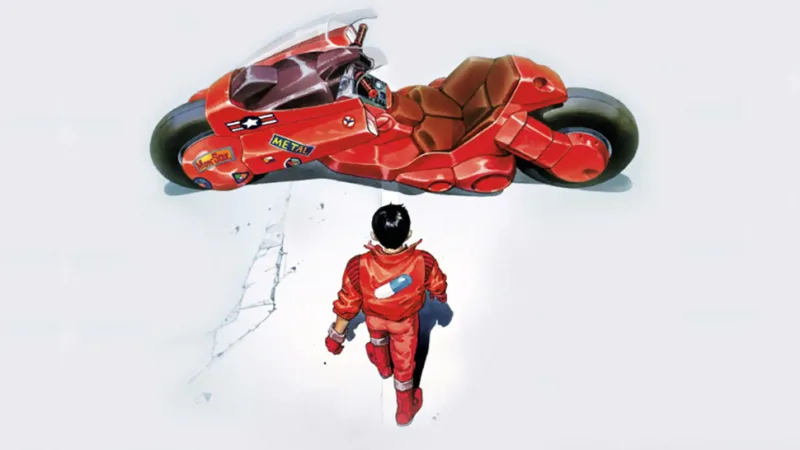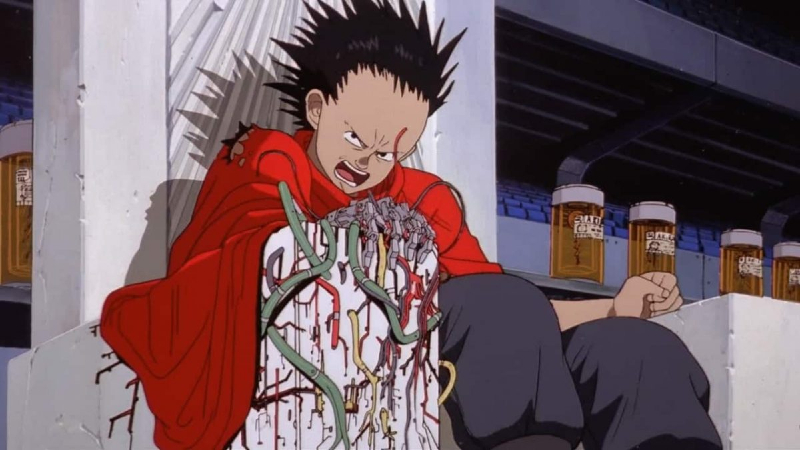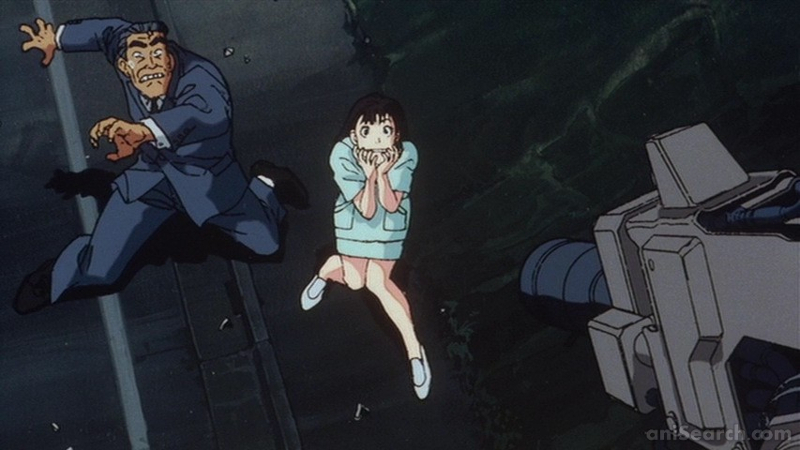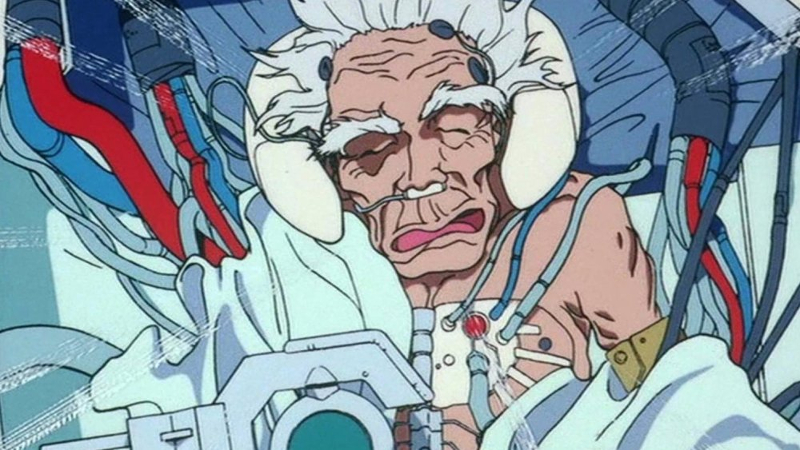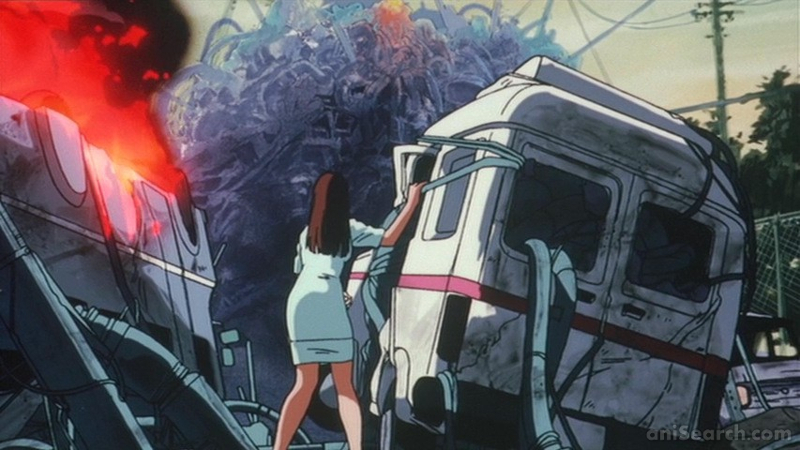1/ Magnetic Rose (Kanojo no Omoide, 彼女の想いで)
2/ Stink Bomb (Saishu Heiki, 最臭兵器)
3/ Cannon Fodder (Taiho no Machi, 大砲の街)
Directors
– 1/ Koji Morimoto, 2/ Tensai Okamura, 3/ Katsuhiro Otomo
– 1995 – Japan – Cert. 12 – 113m
*****
Executive producer Katsuhiro Otomo’s anime anthology adapts three of his dystopian-themed manga stories into animation – out on Blu-ray from All The Anime, Monday, 12th September, details below review
The film that made Otomo’s name and the one with which he’s most frequently associated is Akira (1988). It wasn’t his first film, though. Previously, he was one of nine directors who collaborated on the uneven portmanteau Robot Carnival (1987), a compendium of different animated stories based around robots of various types. One of the other directors was Koji Morimoto.
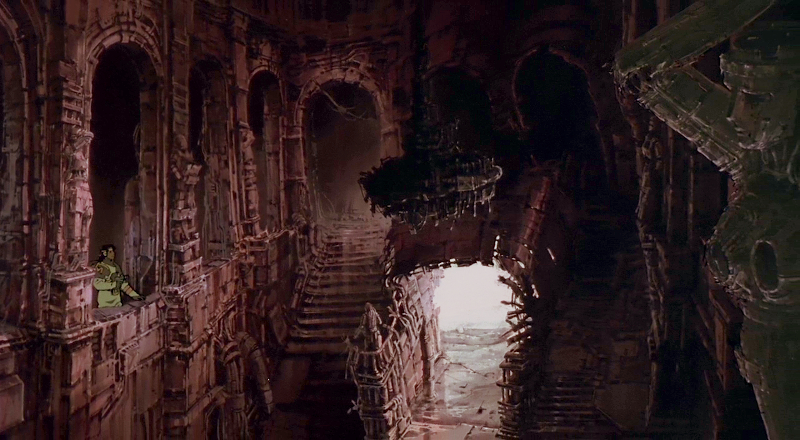
Memories is loosely similar – it only has three stories (and three directors), allowing each of the segments a bit more room. Its three episodes are very different yet perfectly complement each other. Otomo directed the third section Cannon Fodder.
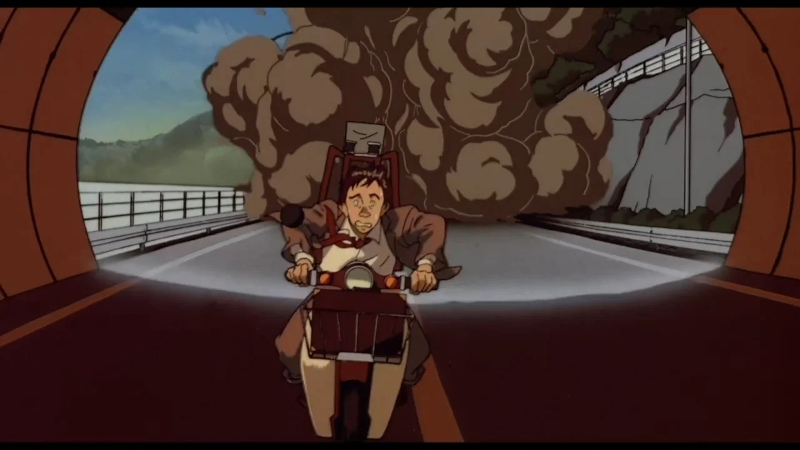
Parts of the roughly two hour Akira drag, while Otomo’s later Steamboy (2004) gets lost within a massive set piece after a near perfect opening first reel or so.… Read the rest

